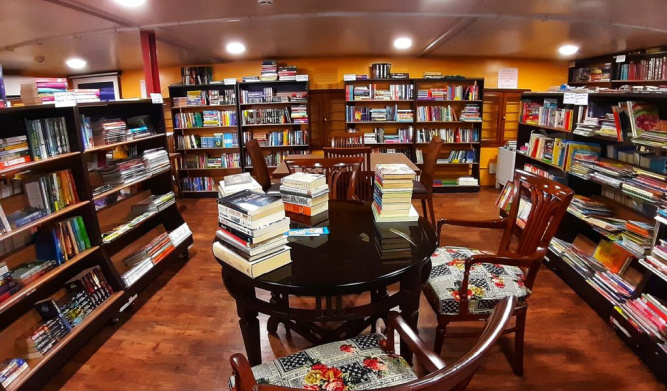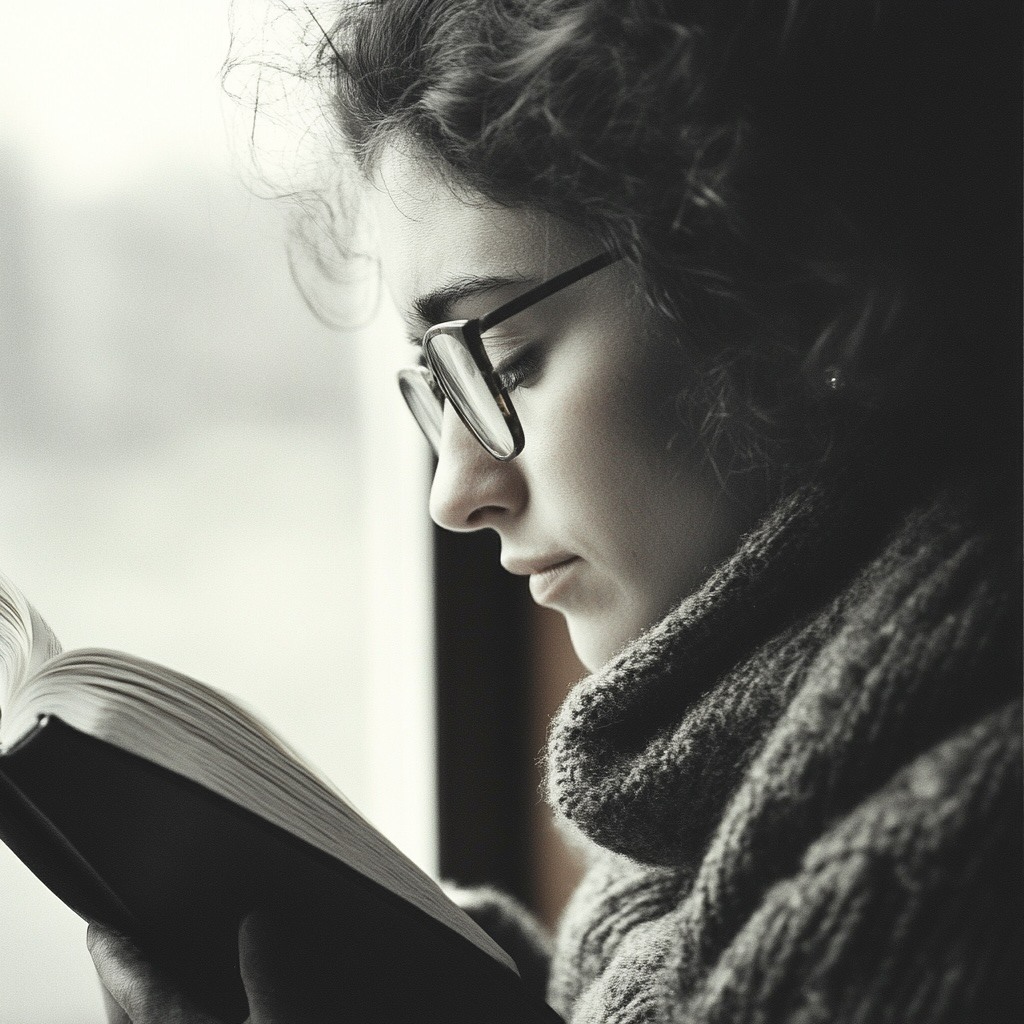
Top Modern American Poems You Shouldn't Miss
Looking for modern American poems that resonate with today’s issues and experiences? This article highlights key poets and collections, offering a glimpse into how contemporary poetry reflects current social and personal themes. Join us to explore the diverse voices shaping modern American poetry.
Key Takeaways
-
Modern American poetry embraces free verse, focusing on realism, identity, and social issues to resonate with contemporary experiences.
-
Contemporary poets like Amanda Gorman, Ocean Vuong, and Ada Limón employ innovative styles to address themes of social justice, identity, and personal narratives.
-
The critical landscape of modern poetry reveals a mix of acclaim for its emotional depth and criticism for accessibility, reflecting the genre’s diverse traditions.
Understanding Modern American Poetry
Modern American poetry departs from traditional forms, favoring free verse, vivid imagery, and complex themes. William Carlos Williams and Marianne Moore notably influenced each other, with Williams admiring Moore’s portrayal of stark realities. This shift emphasizes realism, national identity, alienation, and human emotions.
Contemporary American poetry captures the intricacies of human experience, often highlighting identity, social issues, and environmental concerns. It reflects the diverse nature of modern life and resonates with readers by addressing current issues and amplifying marginalized voices.
Free verse defines modern American poetry, allowing poets to move beyond traditional meter and rhyme. This flexibility helps them explore diverse themes and emotions, making their work accessible and relatable. The evolution of modern poetry showcases the dynamic nature of the genre, with new voices and styles continually emerging.
Modern American poetry is closely tied to the social and cultural shifts of the early 20th century, marking a break from established norms and an embrace of new expression modes.
The Evolution of Modern Poetry
Modern American poetry arose in response to the evolving social and cultural landscape of the early 20th century, reflecting American life’s complexities. This transition marked a break from strict forms and embraced new expression modes, capturing contemporary life and resonating with modern experiences.
Key movements like Imagism and Objectivism shaped modern poetry. Imagism emphasized clarity and precision, while Objectivism viewed poems as objects free from extraneous details. These movements encouraged experimentation, leading to a rich diversity of styles and themes that still influence contemporary poetry.
Contemporary poems often tackle urgent social issues, advocating for change and raising awareness on topics like inequality and climate justice. Poets engage in activism through their work, resonating with movements for civil rights and equality.
The intersection of poetry and activism highlights the power of words to inspire and provoke thought, making modern poetry a vital force in today’s society.
Contemporary Poets Making Waves
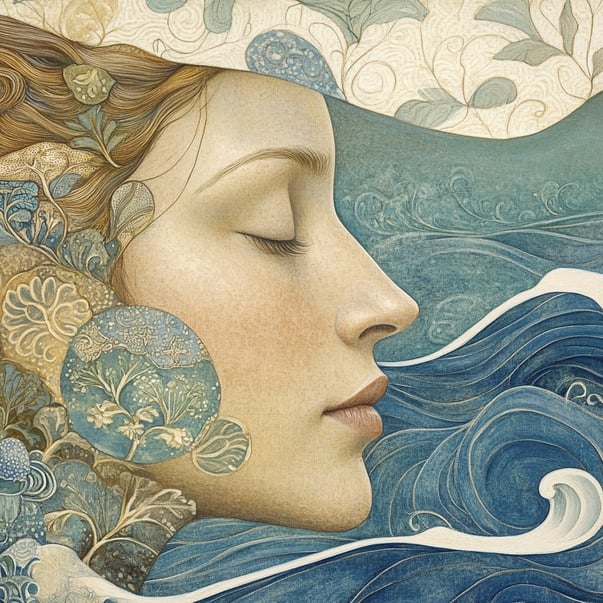
In the vibrant landscape of contemporary American poetry, poets like Amanda Gorman, Ocean Vuong, and Ada Limón stand out for their innovative styles and compelling themes. They reshape the poetry world by incorporating personal experiences and addressing significant social issues.
These poets not only capture the essence of modern life but also push the boundaries of what poetry can be.
Amanda Gorman
Amanda Gorman captivates audiences with her unique blend of performance art and deep thematic explorations. As the youngest poet, she uses her platform to address complex societal issues, engaging with themes of feminism, race, and politics. Her rhythmic spoken-word style makes her poetry engaging and accessible, drawing in a diverse audience and sparking meaningful conversations.
Gorman’s work often emphasizes unity and solidarity within the Black community, tackling systemic inequality and racial injustice. Her blend of performance and profound messages makes her a leading voice in contemporary American poetry, inspiring a new generation of poets and readers.
Ocean Vuong
Ocean Vuong is recognized for his bold modernist techniques that merge personal experiences with broader cultural narratives. His poetry often reflects on family dynamics and the immigrant experience, exploring the complexities of his Vietnamese heritage through fragmented narratives and rich imagery.
Grief plays a central role in Vuong’s work, as he navigates loss while forming his identity through love and memory. His intertwining of personal and cultural narratives creates a powerful and evocative body of work that resonates deeply with readers.
Ada Limón
Ada Limón made history as the first Latina US Poet Laureate. Her poetry centers on themes of identity, blending personal experiences with broader cultural narratives. In her award-winning collections, Limón explores themes of nature and personal introspection with vivid imagery and emotional resonance.
Limón’s work has earned numerous accolades, establishing her influence in contemporary American poetry. Her exploration of identity and nature creates a dialogue between the personal and the universal, making her work relatable and profound.
Themes in Modern American Poems
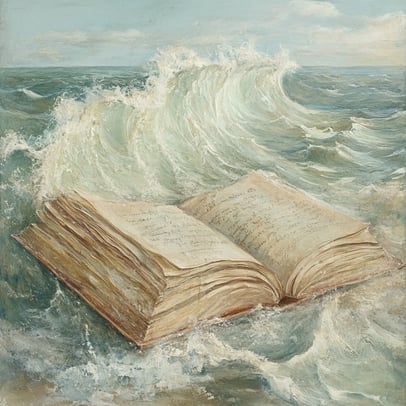
Modern American poetry features diverse and complex themes, reflecting contemporary life. Influential poets address:
-
identity
-
heritage
-
social justice
-
activism
These themes resonate with readers by amplifying marginalized voices and addressing pressing issues.
Poets like Sherman Alexie and Richard Blanco explore personal and cultural identities. By delving into themes like Native American identity and the Cuban-American experience, they highlight intersections of personal and cultural narratives, enriching modern American poetry.
Identity and Heritage
Modern American poetry often addresses identity, reflecting the complexities of personal and cultural backgrounds. Poets like Ocean Vuong and Ada Limón use vivid imagery to explore their heritage and experiences. Vuong integrates modernist techniques to convey complex emotions surrounding family and personal identity, while Limón intertwines personal reflections with natural imagery, creating a dialogue between identity and the environment.
Works like Claudia Rankine’s ‘Citizen: An American Lyric’ address race and identity in contemporary society, providing powerful commentary on the lived experiences of marginalized communities. These explorations offer readers a deeper understanding of America’s diverse cultural landscape.
Social Justice and Activism
Amanda Gorman is a leading voice advocating for social justice, particularly as the youngest inaugural poet. Her work highlights themes like feminism and racial justice, using a dynamic spoken-word approach that resonates with audiences. Gorman’s ability to tackle systemic inequality and racial injustice underscores the power of words to inspire change.
Poets like Jericho Brown in ‘The Tradition’ explore race and sexuality, contributing to the broader dialogue on social justice. Additionally, climate change emerges as a prominent theme, with poets highlighting environmental crises and calling for activism.
These themes create strong emotional connections, making modern poetry a vital force in contemporary society.
Styles and Forms in Modern Poetry
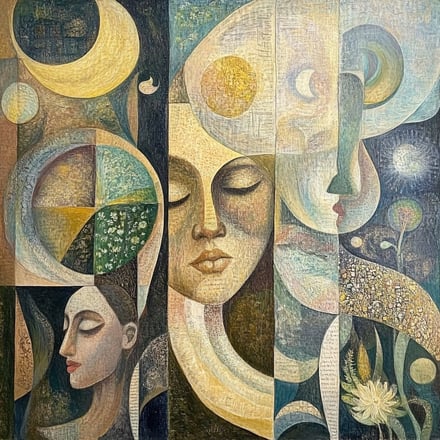
Modern poetry showcases a variety of styles and forms, allowing poets to express their creativity without strict rules. Contemporary poetry employs diverse styles, including long lines and structures that defy traditional constraints. This diversity allows poets to explore a range of themes and emotions, making their work accessible and relatable.
One significant style in modern American poetry is free verse, prioritizing imagery and natural speech patterns over consistent rhyme schemes and meter. Additionally, visual poetry integrates images and text, enhancing the reader’s experience and deepening engagement with themes.
Free Verse
Free verse, characterized by its lack of consistent meter or rhyme scheme, is a significant style in modern American poetry. This flexibility allows poets to express complex themes and emotions, making their work accessible and relatable. Prominent poets like William Carlos Williams and Marianne Moore often use free verse to explore rich imagery and personal emotions.
The use of free verse in modern poetry highlights the shift away from traditional forms, enabling poets to capture contemporary life more effectively. This style has become prevalent due to the creative freedom it offers, allowing poets to experiment with form and content in innovative ways.
Visual Poetry
Visual poetry combines text with visual elements, enhancing the reader’s experience and creating an immersive interaction. Poets like Rupi Kaur use visual poetry to complement their themes and emotions, making the text layout an essential part of the poem’s impact.
In visual poetry, the arrangement of text and images creates a synergy that deepens the reader’s experience. This innovative approach allows poets to explore new dimensions of expression, making their work more engaging and impactful.
Notable Collections and Anthologies
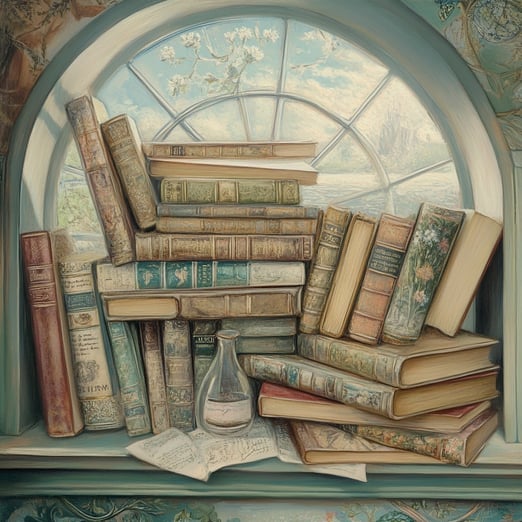
Anthologies and collections play a critical role in bringing together diverse voices and perspectives in modern American poetry. They offer readers a gateway to engage with contemporary issues like identity, social justice, and personal growth.
Exploring these collections and anthologies gives readers insight into the evolution of modern poetry and its impact on society, including the first collection of works that shaped the genre.
Influential Anthologies
The launch of ‘Poetry: A Magazine of Verse’ in 1912 was pivotal in promoting experimental poetry and diverse voices, shaping the modern poetry movement. The ‘Norton Anthology of Modern and Contemporary Poetry’ features a wide array of influential poets, providing a comprehensive overview of contemporary American poetry.
Other key anthologies, such as ‘Staying Alive’ edited by Neil Astley, address human experience and emotional needs through poetry. These anthologies play a vital role in promoting diverse voices, enriching modern American poetry.
Must-Read Collections
A must-read collection in modern American poetry is ‘Night Sky with Exit Wounds’ by Ocean Vuong, celebrated for its exploration of memory and identity through lyrical language. This collection offers profound insight into Vuong’s heritage and personal experiences, making it a cornerstone of contemporary poetry.
Another notable collection is ‘A Poem for Every Day of the Year,’ offering a daily selected poems, making poetry accessible and enjoyable for readers of all ages.
Diane Seuss’s ‘Modern Poetry’ also stands out for its exploration of what poetry can embody in today’s world, highlighting authenticity and personal narratives. These collections provide a gateway for readers to engage with contemporary issues and the evolving landscape of modern poetry.
Teaching and Studying Modern American Poetry
Teaching and studying modern American poetry can be an enriching experience, offering students and educators a deeper appreciation of contemporary voices and themes. Key websites and books provide structured approaches to teaching this genre, making it accessible and engaging for learners. Multimedia resources, such as online poetry readings and interactive lesson plans, further enhance the study experience by bringing poetry to life in the classroom.
Scholarly articles and critical analyses offer valuable insights into interpretations of modern poems, enriching the study experience. Utilizing these educational and scholarly resources fosters a deeper appreciation and understanding of modern American poetry, enabling students to connect with the themes and styles that define this vibrant genre.
Educational Resources
The Academy of American Poets offers a variety of free resources tailored for educators to enhance poetry teaching. The Kennedy Center also provides free digital resources aimed at integrating poetry into K-12 education, making poetry accessible to younger audiences. Poetry Out Loud is a U.S. initiative that promotes poetry study through educational materials and recitation competitions for high school students, fostering a love for poetry among the youth.
The Modern American Poetry Site provides a rich collection of resources, including essays and teaching materials focused on modern and contemporary American poetry. These educational resources are essential for educators and students seeking to engage with modern American poetry and develop a deeper understanding of its themes and styles.
Scholarly Perspectives
Critical analysis of modern American poetry often emphasizes the cultural and historical context of the poems. Scholars frequently engage in debates surrounding the interpretations of themes present in modern poems, offering diverse perspectives on the significance of these works.
The Perspectives in American Literature resource provides bibliographies and critical analyses related to American authors, offering a comprehensive overview of scholarly discussions on modern poetry. These scholarly perspectives enrich the study of modern American poetry, helping students and researchers to explore the deeper meanings and cultural implications of contemporary works.
Reviews and Criticism
Modern American poetry has often received mixed reviews, with both acclaim for its innovation and criticism for its accessibility. The diverse traditions within modern poetry have shaped varied critical receptions, reflecting the unique audience each style attracts.
This diversity is a testament to the rich tapestry of contemporary poetry, which continues to evolve and challenge conventional norms.
Critical Acclaim
Poets like Robert Bly, known for his focus on the unconscious aspects of poetry, have played a significant role in the critical acclaim of modern American poetry. His advocacy for deeper emotional connections in literary works has influenced many contemporary poets. Additionally, poets like Anis Modjani and Rae Armantrout highlight the stylistic and thematic differences that contribute to the critical acclaim in modern American poetry.
The emphasis on emotional depth and stylistic innovation has garnered positive reviews from critics, who appreciate the ways modern poets push the boundaries of the genre. This critical acclaim underscores the importance of modern poetry in capturing the complexities of contemporary life and resonating with diverse audiences.
Reader Feedback
Contemporary audiences appreciate the multiplicity of traditions in modern American poetry, reflecting a range of tastes and preferences. The diverse expressions found in modern poetry allow contemporary audiences to find personal resonance and connection with the works. This ongoing dialogue between modern poetry and its audience is vital for the evolution and relevance of poetry in today’s society.
Reader feedback often highlights the accessibility and emotional impact of modern poetry, making it a powerful medium for exploring personal and social themes. The rich variety of styles and themes in modern poetry appeals to a broad audience, ensuring its continued relevance and significance in the literary world.
Summary
Modern American poetry is a dynamic and evolving genre that captures the complexities of contemporary life through diverse themes, styles, and forms. From the innovative work of Amanda Gorman, Ocean Vuong, and Ada Limón to the powerful themes of identity, heritage, social justice, and activism, contemporary poets are reshaping the landscape of poetry. The exploration of free verse, visual poetry, and the impact of notable collections and anthologies further enriches our understanding of this vibrant genre.
As we have seen, modern American poetry provides a platform for marginalized voices, addresses pressing social issues, and offers profound insights into the human experience. By engaging with educational resources and scholarly perspectives, readers can deepen their appreciation and understanding of contemporary poetry. Let us continue to explore and celebrate the transformative power of modern American poetry, allowing it to inspire and provoke thought in our daily lives.
Frequently Asked Questions
Who is the most popular American poet?
Walt Whitman is widely regarded as the most popular American poet. His contributions to literature have left a lasting impact and continue to resonate with readers today.
What are the characteristics of modern American poetry?
Modern American poetry is characterized by its simplicity of language, a departure from traditional forms, and a willingness to experiment with new themes and styles. These traits reflect the broader Modernist movement of the early 20th century.
What are examples of modern poetry?
Examples of modern poetry include "The Red Wheelbarrow" by William Carlos Williams, "The Wasteland" by T.S. Eliot, and "In a Station of the Metro" by Ezra Pound. These works reflect the themes and innovations characteristic of modernist literature.
Who are some influential contemporary American poets?
Some influential contemporary American poets are Amanda Gorman, Ocean Vuong, and Ada Limón, recognized for their innovative styles and impactful themes.
What are common themes in modern American poetry?
Common themes in modern American poetry center around identity, heritage, social justice, and activism. These elements reflect the diverse experiences and struggles inherent in contemporary society.




